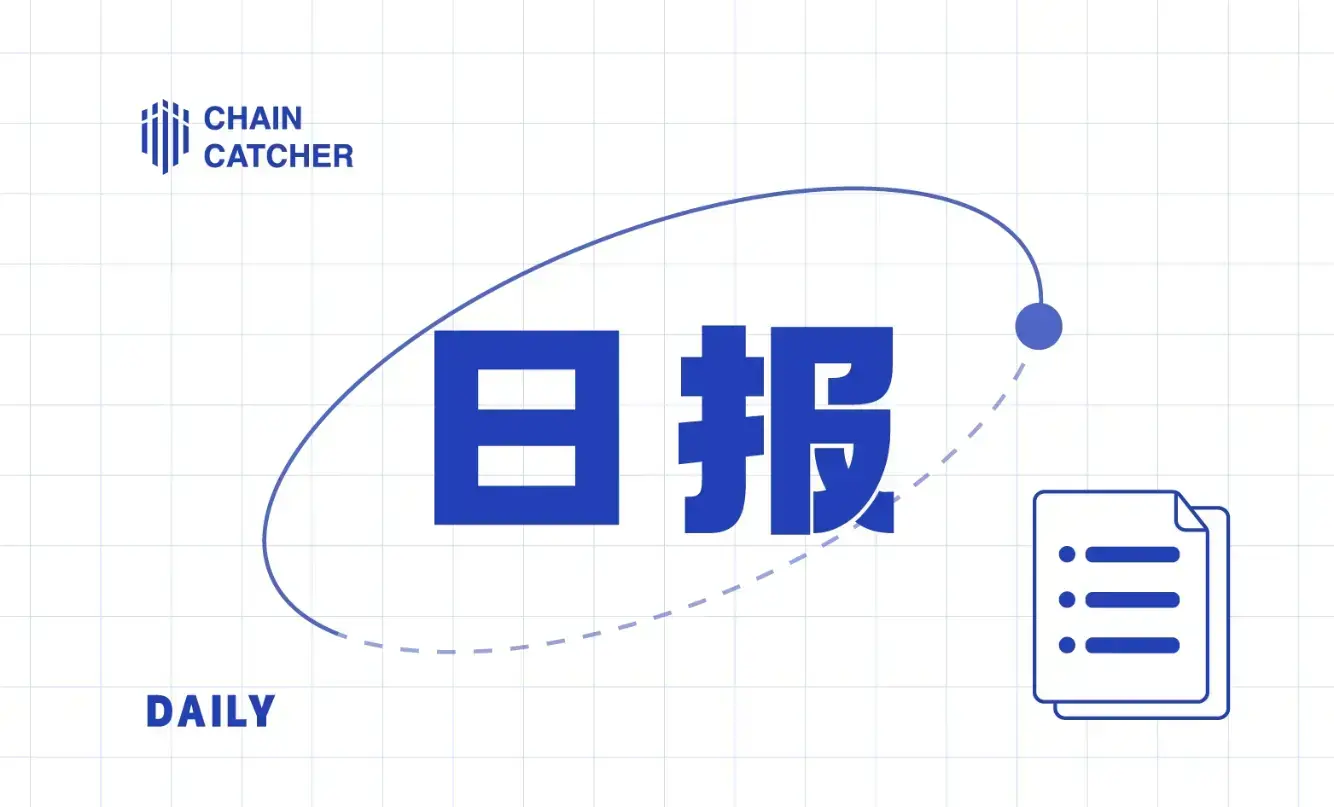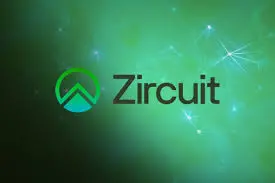The expansion track starts with a sprint at the beginning of the year, reviewing the recent L2 projects launched on the testnet
Author: ChainCatcher
At the turn of the year, the Layer2 scaling sector continues to appear in the summary and forecast reports of various institutions. Not only will zkSync, StarkNet, Scroll, and other highly discussed scaling projects from last year launch their mainnets this year, but new L2 projects such as Taiko, Mantle, ConsenSys zkEVM, and Intmax have also launched their testnets at the beginning of this year. The scaling race has certainly become lively at the start of this year, and it is expected that the main storyline of the crypto secondary market this year may revolve around L2 and the related infrastructure surrounding L2.
According to Rootdata, there are currently 10 L2 projects in the testnet phase, with more than half utilizing zk-rollup. This article will outline some of the projects in the testnet phase, such as Taiko and Mantle, from a technical and progress perspective.

1. Taiko
Introduction
The term Taiko comes from an ancient Chinese saying meaning to "make a concerted effort," and in Japanese, Taiko means "drum." It symbolizes the courage to achieve goals. Taiko was launched in Q1 2022, co-founded by Daniel Wang, the founder of Loopring, and Brecht Devo, the former chief architect of Loopring. Most team members of Taiko have worked in the fields of scalability and ZK Rollup.
Taiko is a Type-1 zk-EVM (refer to the article: "Vitalik: The Future of Different Types of ZK-EVM" https://www.chaincatcher.com/article/2077517), which is a fully decentralized, Ethereum-equivalent ZK-Rollup. Currently, only the Privacy and Scaling Explorations (PSE) team and Taiko are researching Type 1 ZK-EVM. Additionally, Taiko has open-sourced its code.
Taiko consists of three main components: ZK-EVM circuits (for generating proofs), L2 Rollup nodes (for managing the Rollup chain), and protocols on L1 (to connect these two parts for Rollup protocol verification). Specifically, ZK-EVM ensures the correctness of EVM computations on the Rollup through validity proofs, while Taiko nodes fetch transaction data from Ethereum and execute transactions on L2, advancing the state based on the final transaction execution results. Currently, Taiko nodes are a fork of Ethereum Geth, managing the Rollup chain.
Progress
Taiko has not yet announced the launch date for the mainnet, which is expected to start at the end of 2023 or next year. On December 28, 2022, Taiko released its first public testnet Alpha-1, named Snæfellsjökull. Users can test Taiko by bridging the Ethereum A1 and Taiko A1 networks, transferring tokens between different accounts, interacting with contracts, and running a proposer node. Currently, the++Taiko++ L2 network has over 2.9 million transactions and more than 340,000 wallet addresses. However, the Taiko testnet is currently unable to generate validity proofs, and users cannot become validators. Taiko plans to release a new testnet with zero-knowledge proof capabilities in the coming months and will announce its tokenomics.
Testnet address: https://taiko.xyz/docs/testnet-guide
2. Mantle
Introduction
Mantle was founded by BitDAO at the end of November 2022 and is a product of BitDAO, managed by the $BIT community, with transaction fees paid using BIT tokens. BitDAO is one of the largest token governance treasuries, with $1.9 billion in assets. In June 2021, BitDAO raised $230 million in funding co-led by Founders Fund, Pantera Capital, and Dragonfly, with participation from Alan Howard, Jump Capital, Spartan Group, and Kain Warwick.
Mantle is a modular Ethereum Layer2 network that obtains security from Ethereum through Rollup and is building a separate data availability layer in collaboration with EigenLayer. The network stack consists of three layers, one for transaction execution, while the other two handle transaction completion and data availability, respectively. Compared to traditional L2 solutions, Mantle offers several improvements:
- Modular Data Availability: By using feature layers, Mantle can increase transaction throughput beyond traditional L2. Accessible data availability also means Mantle can enhance throughput without compromising security and reducing node operational overhead. This reduces the processing requirements for validators and promotes decentralization.
- Multi-Party Computation (MPC): Mantle uses MPC to minimize trust risks in L2 execution results. Dedicated nodes provide multi-signatures, improving the correctness of off-chain transaction execution results and shortening the withdrawal dispute period.
- Decentralized Sequencer: Over time, Mantle plans to gradually decentralize its sequencer.
Progress
Mantle launched its public testnet Wadsley on January 10, primarily aimed at developers, requiring a form to gain access to the Mantle testnet. Within a day of launch, 37,000 developers signed up. The mainnet launch date has not been disclosed.
Testnet registration address: https://airtable.com/shruUIyhG4xDKBftH
3. Scroll
Introduction:
Scroll was founded in 2021 and completed a $30 million Series A funding round at the end of last year. Similar to Polygon zkEVM, Scroll is also committed to creating an EVM-equivalent zk-Rollup, boasting superior compatibility and claiming to be the most compatible EVM zk-Rollup, allowing applications on Ethereum to migrate almost seamlessly to the Layer 2 network. Bytecode-level compatibility enables compatibility with all languages on Ethereum and tools, significantly reducing the development difficulty on the Layer 2 network.
Notably, due to Scroll co-founder Ye Zhang's extensive experience in ZKP hardware acceleration, Scroll plans to leverage hardware acceleration in ZKP to further enhance verification efficiency, establishing a decentralized verification network that distributes ZKP proofs to participants for computation and aggregates the results into final proofs. This decentralized verification network will be open to everyone and will implement incentive and penalty mechanisms.
Progress:
On October 11, 2022, Scroll released an upgraded version of the Pre-Alpha testnet, with some pre-deployed applications such as Uniswap v2, allowing users to perform functions like transferring between L1 and L2. However, due to whitelist restrictions, a large number of bot activities occurred, prompting the official team to temporarily slow down the review of test applications and tighten the admission list. Weeks later, the official team launched an unpermissioned Pre-Alpha testnet, allowing anyone to interact on the testnet, and developers could deploy contracts on the network without permission.
On January 9, 2023, Scroll executed a reset of the Pre-Alpha network to improve its throughput and lifted social account restrictions, allowing each user to claim test tokens once every 24 hours. A week after the network reset, the number of unique addresses on the Scroll testnet exceeded 270,000, processing 110,000 transactions daily on L2.
Testnet address: https://scroll.io/prealpha
4. Intmax
Introduction:
Intmax is a zk-rollup designed for various network services and finance, aiming to help Ethereum users with payments, NFTs, and global investment projects. Privacy and decentralized sequencing are features of Intmax, and after the mainnet launch in Q2 2023, Intmax will immediately enable decentralized sequencing and open block mining for rewards. In November last year, Intmax was selected as one of the 18 winners of the first Mask Network Grant donation program.
Intmax claims that its zkRollup has "extremely high call data efficiency." According to its official website, the protocol employs three new technologies in the zkRollup architecture:
- Limited Online Assumption: This is a hybrid of zkRollup and Plasma Prime, which immediately returns the Merkle proof of tx results to users and uses ZKP proofs to eliminate historical data. Additionally, this technology can use old Merkle proofs by proving that the state has not been updated.
- Client ZKP: Aggregates many transactions into one, including cases where the recipient has multiple addresses.
- Pre-consensus Mechanism: Can extend the finality time interval to help accumulate longer address lists.
Progress
On December 19, 2022, Intmax announced the launch of testnet v1, which is command-line based and primarily aimed at developers. The official website also provides three programming mini-games using the circom language. Intmax plans to launch a general-purpose testnet in Q1 2023 and the mainnet in Q2.
Testnet address: https://github.com/InternetMaximalism/intmax-rollup-cli
Introduction:
ConsenSys zkEVM is a Layer2 zkEVM network based on zero-knowledge proofs, allowing developers to deploy any smart contracts and tools, developing as if building on Ethereum, thus truly achieving EVM equivalence. ConsenSys zkEVM is designed and operated by ConsenSys, the largest development company on Ethereum, which is a unique aspect.
Progress
On December 14, 2022, ConsenSys released a private test version of zkEVM, which was made available on Infura to selected applicants, allowing developers to deploy and test smart contracts, migrate DApps from existing networks, and bridge tokens. On January 10, 2023, the registration for the ConsenSys zkEVM Beta testnet opened for more external users, but registration is required, and applicants must wait for approval. The official team has clearly stated in the community that they will provide feedback to early community members and testers.
Testnet registration: https://www.infura.io/resources/network/consensys-zkevm-beta-signup
6. Opside
Introduction:
Opside is a zk-based three-layer blockchain architecture that offers advantages such as asset diversity and unlimited scalability. Opside provides RaaS, offering rollup services for DApps, introducing another three-layer architecture where the second layer is a sidechain connected to the first layer via a bridge, and the third layer runs rollups on the second layer. Opside has multiple cross-chain bridges supporting interoperability between public chains like BTC, ETH, and Opside's assets.
Opside uses a hybrid of PoS and PoW (ZKP) as consensus, which is very friendly to both validators and miners. Anyone can stake IDE to become a validator, and miners can contribute computing power (including GPU and ASCII resources) to earn corresponding rewards.
Progress:
Currently, Opside has launched the L2 Bridge, L2 staking testnet, and L3 Bridge testnet. Anyone can participate in the testing after connecting their wallet.
ZkEVM testnet address: https://staking-testnet.opside.network/
https://bridge-testnet.opside.network/
7. Specular
1. Introduction:
Specular is an EVM-native optimistic rollup that provides stronger security and decentralization features than existing optimistic rollup solutions. Specular also has a minimal trusted computing foundation; it supports permissionless, trust-minimized participation across multiple Ethereum clients, achieving client diversity; and offers efficient dispute resolution.
2. Progress:
Specular has announced test RPC endpoints and chain IDs on its official website, along with a faucet and SpecSwap. Users need to configure their Web3 wallets as required before they can claim test tokens and complete token exchanges and other interactions.
Testnet registration: https://specular.network










